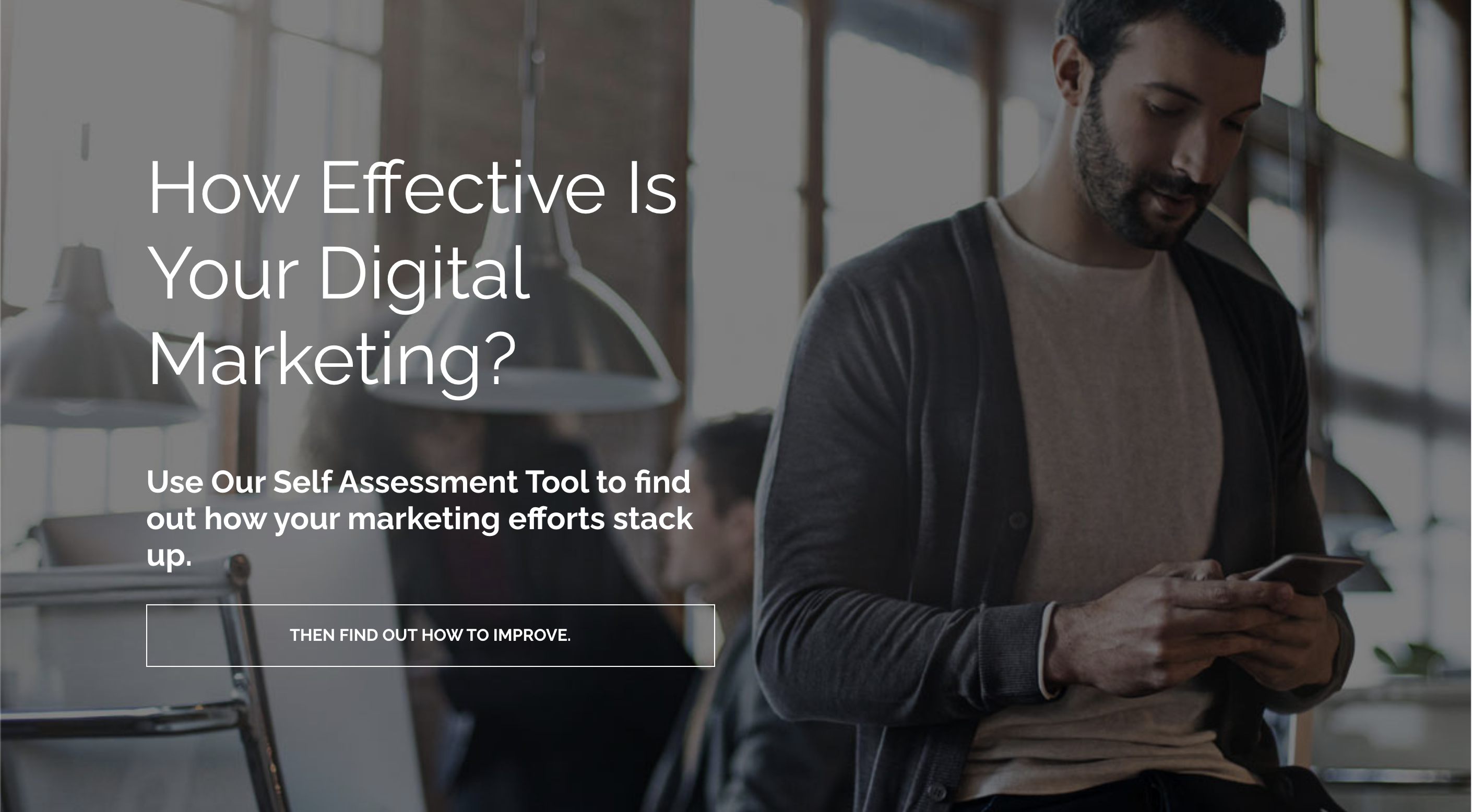Today's consumers expect personalized experiences, and businesses that deliver tailored content reap  the rewards. Content personalization is not just a trend; it's a strategy that can significantly impact your marketing efforts and enhance customer engagement. In this blog, we'll explore the concept of content personalization, its benefits, and how you can implement it to create more meaningful connections with your audience.
the rewards. Content personalization is not just a trend; it's a strategy that can significantly impact your marketing efforts and enhance customer engagement. In this blog, we'll explore the concept of content personalization, its benefits, and how you can implement it to create more meaningful connections with your audience.
The Power of Content Personalization
Content personalization is the practice of customizing marketing materials, such as emails, website content, product recommendations, and advertisements, to align with the individual preferences and behaviors of each customer. Rather than offering a generic message to a broad audience, content personalization leverages data and insights to create highly targeted and relevant content for each user. Here's why it's so powerful:
Improved Customer Engagement
When customers encounter content that resonates with their interests and needs, they are more likely to engage with it. Personalized content captures their attention, encourages interaction, and can lead to higher conversion rates.
Enhanced Customer Experience
Personalization contributes to an improved overall customer experience. When users feel that a brand understands and caters to their unique preferences, it fosters a stronger sense of connection and loyalty.
Increased Sales and Revenue
Personalized content recommendations can significantly boost sales. By showcasing products or services that align with an individual's past purchases or browsing history, businesses can increase cross-selling and upselling opportunities.
Relevant Communication
In the age of information overload, personalized content ensures that customers receive only the information that is most relevant to them. This not only reduces clutter but also enhances the customer's perception of the brand.
Strategies for Effective Content Personalization
Implementing content personalization may seem daunting, but it's achievable with the right strategies and tools. Here are some steps to get you started:

